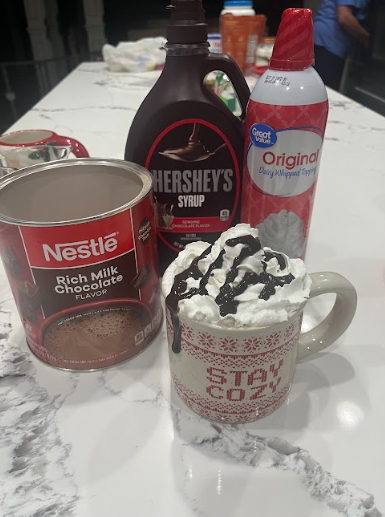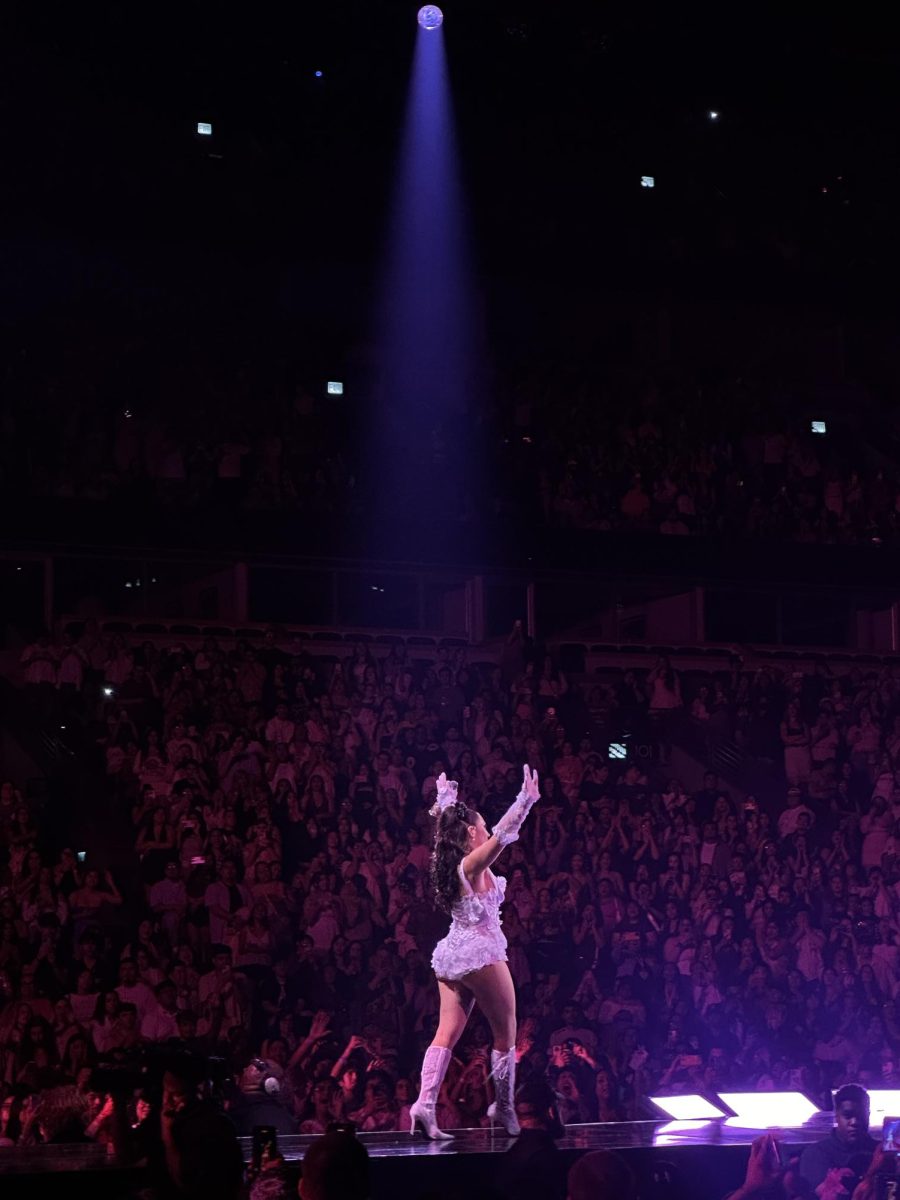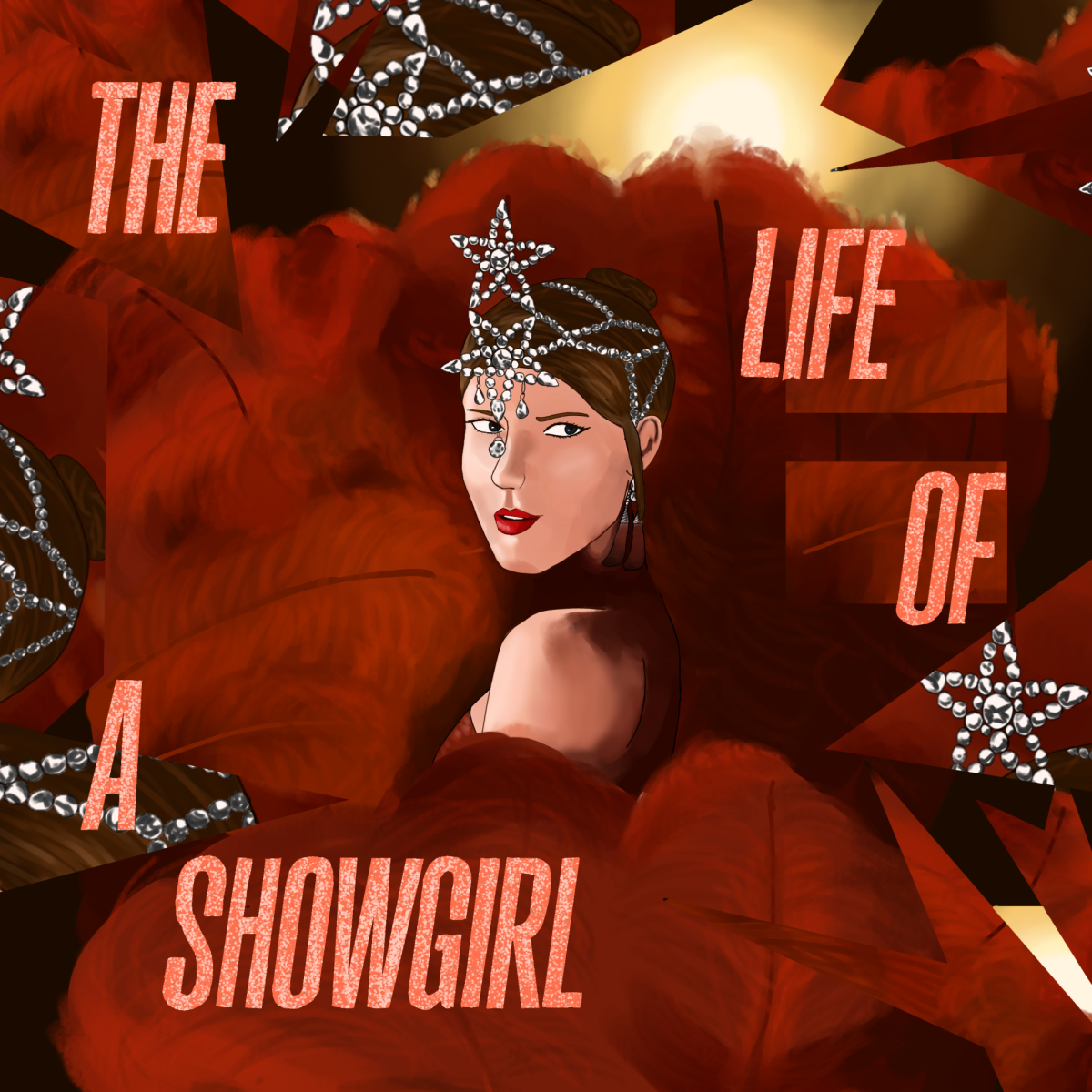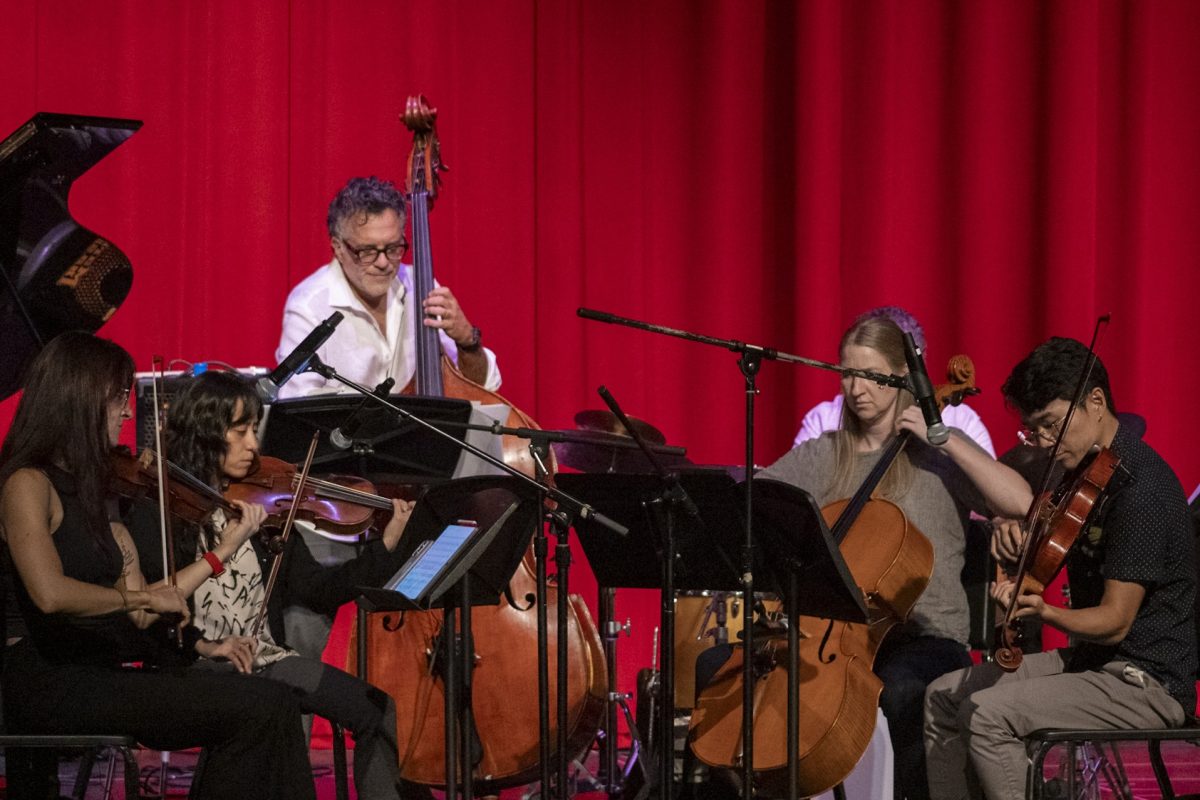In these cold winter months, nothing gives North Star nation more warmth than a cup of hot chocolate. Whether this drink is being enjoyed at a Friday night football game or in the comfort of home, the popularity of this creamy cocoa concoction is undeniable.
That being said, who knows the best formula for their hot chocolate? I tested five different recipes so nobody else has to.
The first way to make hot cocoa is the classic: using hot chocolate powder and warm milk. While this may be the most basic recipe ingredient wise, it should not be overlooked. The chocolate powder is made to create a sweet and creamy drink that is just what anyone is looking for when sitting by a fire while snow is falling outside.
Another way to make hot chocolate is by adding white hot chocolate powder to the warm milk instead of milk chocolate. This creates another rich and creamy textured hot cocoa, and for white chocolate lovers, this should be at the top of the list. That being said, the white chocolate taste was too overpowering for me, making me wish that the drink was less concentrated or had another flavor to offset the flavor.
My personal favorite way to make hot chocolate is a fusion between the two previous recipes. By adding half milk hot chocolate powder and half white chocolate powder, it achieves the creamiest flavor complex one could imagine. I tasted the white chocolate just enough to appreciate it, but not enough to overtake the entire drink. The flavors balance each other perfectly and create a magical sensation when enjoyed.
On another note, for an extremely rich version of hot chocolate, French hot chocolate (chocolat chaud) works wonders. For this beverage, instead of milk, cream is the base, and it gets the chocolate flavor from chocolate bars as opposed to a chocolate powder. Because I had to heat the cream and chocolate over the stove as opposed to heating up milk in the microwave, the chocolat chaud was unquestionably the most time consuming to make. Personally, I found the French hot chocolate to be way too rich and could only take a couple of sips.
The final hot chocolate recipe I tried was frozen hot chocolate. Aside from this recipe taking away the entire point of hot chocolate, I decided to give it a try. All it takes is making the classic hot chocolate and blending it with ice. It tasted really good and had a nice texture, but it did not take long for the blended ice to begin to melt, causing the flavor to dullen and the texture to become flat. By having premade the hot chocolate and setting it in the fridge for a few hours beforehand, this problem would most likely be avoided and the ice would not melt as quickly, but few want to wait hours for their hot chocolate. The concept of this drink was acceptable overall, but at that point, it would be more enjoyable to just make a milkshake.
All in all, there is no reason to change recipes from the classic hot chocolate — simple, quick, easy and delicious. However, there is always room to experiment with different flavors and textures. Next time while making hot chocolate, add in some white chocolate and watch minds be blown. For white chocolate lovers, make some white hot chocolate, but no one should waste their time on French hot chocolate or frozen hot chocolate. Take it from me, as I have made myself the hot chocolate expert.









